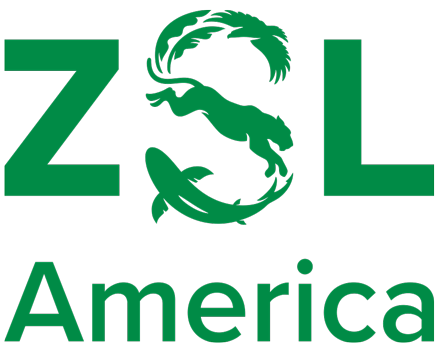Our vision for the future is a world where wildlife thrives – a more balanced, connected and vibrant world where people and wildlife live better together.
Achieving this represents one of the greatest challenges humanity faces. Our role is to develop solutions that help people and wildlife live better together, whilst driving the recovery of species and habitats.
Our approach is to put cutting-edge conservation science into practice to drive innovation for wildlife recovery.
A crucial and priority project for ZSL is our protection of the Critically Endangered black rhino in the Tsavo West National Park, southern Kenya. Since 1989, ZSL has worked to protect the species which had declined to just six individuals, from a population of over 8,000 animals in the 1940’s.
The remaining six rhinos were moved into the fenced Ngulia Rhino Sanctuary, and as a result of significant conservation efforts by ZSL over the last thirty years, approximately 18% of Kenya’s rhinos inhabit the region, representing the largest stronghold for this species in the country.
Today, ZSL works to support the Kenyan Government’s Kenya Wildlife Service to maintain zero rhino poaching in the sanctuary via continuous anti-poaching patrols, regular monitoring and the delivery of habitat restoration activity. Vitally, ZSL has developed a programme of community engagement activities, supporting local people through training and the creation of community banks to grant microloans all to support the diversification of livelihoods and income, to ensure wildlife and people can live better together.
Saving the Socorro dove
At ZSL, the focus of our conservation zoos, London and Whipsnade, is to play a vital role in saving species that are on the edge of being lost forever. We currently work with 16 of the 38 extinct in the wild animal species and have successfully reintroduced some of these species back to the wild, including the scimitar-horned oryx to Chad, and the Partula snail to Polynesia.
Socorro doves are one of the globe’s most threatened species. They are extinct in the wild, and there are only 162 birds cared for in zoos around the world. This small brown bird was endemic to the island of Socorro, off the coast of Mexico. Having evolved on such an isolated island, the dove was wiped out when invasive species were introduced into the ecosystem.
This means we must have a specifically tailored plan in place to grow the population, a fundamental part of that is our successful breeding of Socorro doves at London Zoo. With your help, we can bring the Socorro dove back from the brink of extinction, along with a breadth of other species at risk.

